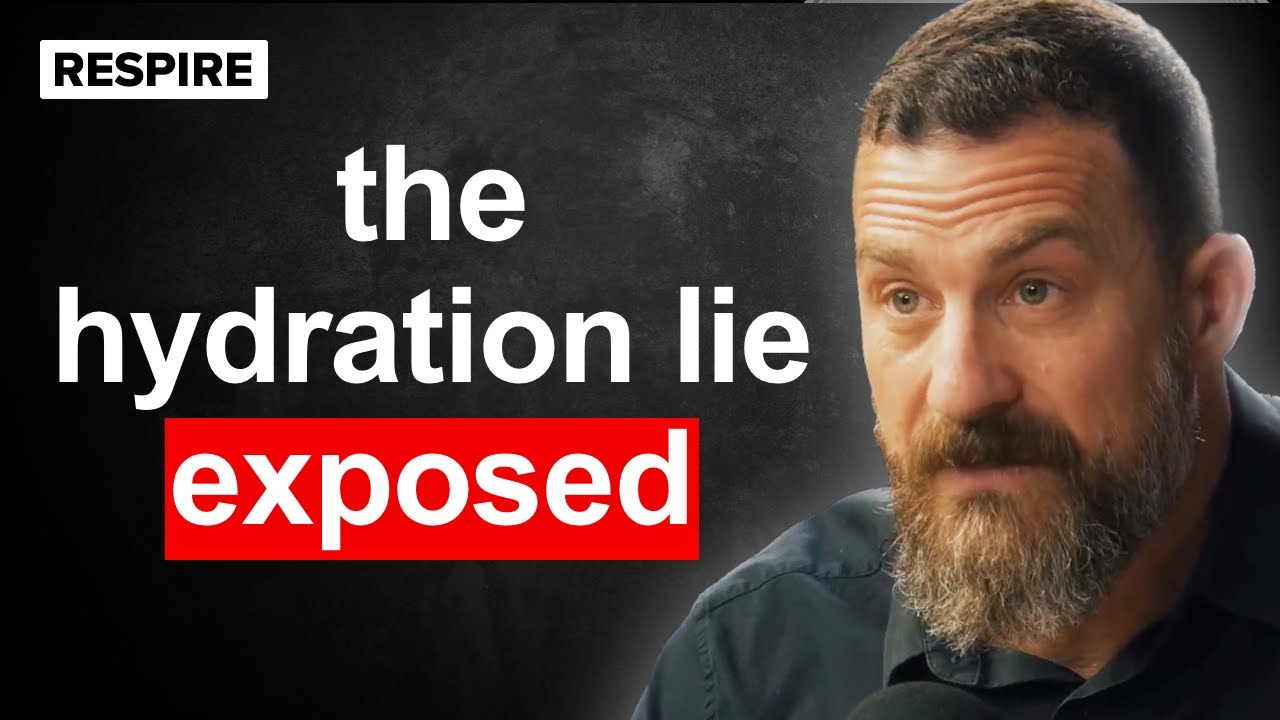Staying well-hydrated isn’t just about quenching thirst—it’s critical for peak brain function, athletic performance, digestion, skin health, and healthy weight management. Even mild dehydration (losing just 2% of your body’s water) can impair cognitive abilities, focus, energy, and mood. Here’s how to hydrate effectively every day, based on solid science—and tailored for today’s active, health-conscious lifestyles.

✅ Spotting Dehydration: What to Watch For
Common at-home tests can offer clues—though they’re not perfect:
- Skin pinch test: Gently pinch the back of your hand; if it doesn’t retract in 1–3 seconds, you may be slightly dehydrated.
- Nail blanching: Press your nail until it pale-blanches; if normal color doesn’t return within a few seconds, hydration may be low.
- Sock indentations: Notice sock marks on ankles? That could signal fluid imbalance.
These methods are helpful—but remember: they’re influenced by age, skin elasticity, and body fat. For optimal hydration, use them as rough guides, not firm diagnostics.
💧 Daily Fluid Goals: A Simple Rule
Instead of calculating complex formulas, here’s a practical hydration guideline—based on dozens of hydration studies:
- Drink about 8 oz (240 mL) every waking hour for the first 10 hours of your day
That equals roughly 2 liters (70 oz) of fluid between morning and afternoon—enough to support baseline hydration when you’re resting and indoors.
You don’t have to sip every 60 minutes—just aim for a total of ~80 oz by mid-afternoon. Split it into bigger servings—think 16 oz at breakfast, 12 oz mid-morning, 16 oz before lunch—whatever fits your routine.

🏃♂️ During Exercise: Follow the “Galpin Equation”
For active individuals and athletes—whether you’re running, lifting, or cycling—the baseline won’t suffice:
Galpin’s hydration rule:
- For U.S. customary units: Take your bodyweight in pounds ÷ 30 = number of ounces to drink every 15–20 minutes while exercising.
- Metric version: Roughly 2 mL per kg bodyweight every 15–20 minutes.
Example: A 150-lb person: 150 ÷ 30 = 5 oz (~150 mL) every 15–20 minutes during workouts. Adjust close to workout length and heat intensity.
🥤 What Counts as “Fluid”?
You’re not limited to water—most low-sugar beverages count toward hydration:
- Water (tap, mineral, sparkling)
- Herbal tea
- Black coffee (moderate amounts)
- Diluted fruit juice or low-sugar sports drinks (speedy electrolyte replenishment during long sessions)
Avoid plain sugary sodas—they don’t support hydration or health effectively.
Pro Tip: Add a pinch of sea salt or a squeeze of lemon to your water for flavor, electrolytes, and better absorption.
🍉 Hydrating Foods & Recipes
Food contributes to your fluid intake too—about 20% on average. Some delicious, nutrient-packed options:
- Watermelon–Mint Salad (summer):
- Cubed watermelon, fresh mint, cucumber, lime juice, optional feta
- Hydrates, refreshes, and adds vitamins
- Coconut Cherry Chia Pudding:
- 1 cup coconut water + ¼ cup chia seeds + fresh cherries
- High in electrolytes, easy to prep
- Veggie-Rich Fruit Smoothie:
- Spinach, frozen berries, half banana, 1 cup almond milk (+ optional protein powder)
- Smooth boost of hydration, antioxidants, and protein
These snacks help you meet hydration goals while delivering fiber, micronutrients, and slow-release energy.
🚰 Timing Matters: Morning & Evening Focus
- Morning: Hydrate early—0.5 to 1 L upon waking to rehydrate after sleep, support digestion, and sharpen alertness.
- Evening: Taper off after dinner to avoid sleep disruptions, but maintain fluid intake if heat or activity continues.
If you’re up late, sip water mindfully, especially if you’re active or dehydrated.

🧂 When to Add Electrolytes
Everyday activities usually don’t require sports drinks. But include electrolytes if you’re:
- Doing intense (>60 min) workouts
- Exercising in high heat/humidity
- Sweating heavily (>1 liter fluids lost per hour)
Use low-sugar options, coconut water, or homemade mixtures with salt and honey. Overuse can lead to excess sodium—aim for balance.
🔄 Signs of Solid Hydration
Track progress through:
- Light, pale yellow urine
- Consistent energy and cognitive sharpness
- No excessive thirst or midday headaches
- Healthy physical performance in workouts
✅ Final Hydration Blueprint
| Time of Day | What to Do |
|---|---|
| Morning | Drink 500–1,000 mL upon waking |
| First 10 hours | Aim for 2 L (~80 oz) total |
| Exercise | 5 oz (150 mL) every 15–20 min at 150 lb |
| Post-Exercise | Rehydrate based on sweat loss |
| Evening | Sip moderately, avoid nighttime disruption |

🌟 Wrapping It Up
Proper hydration is foundational for brain health, energy levels, digestion, athletic performance, and detoxification. Use simple routines, delicious recipes, and smart guidelines like the Galpin equation to stay hydrated effortlessly.
Need help building a personalized hydration and nutrition plan? As a nutritionist and chef, I design science-backed meal and fluid strategies that fuel your body—and taste amazing. Explore my other articles on healthy hydration, anti-inflammatory meals, and performance nutrition—or get started with a tailored consultation today.



